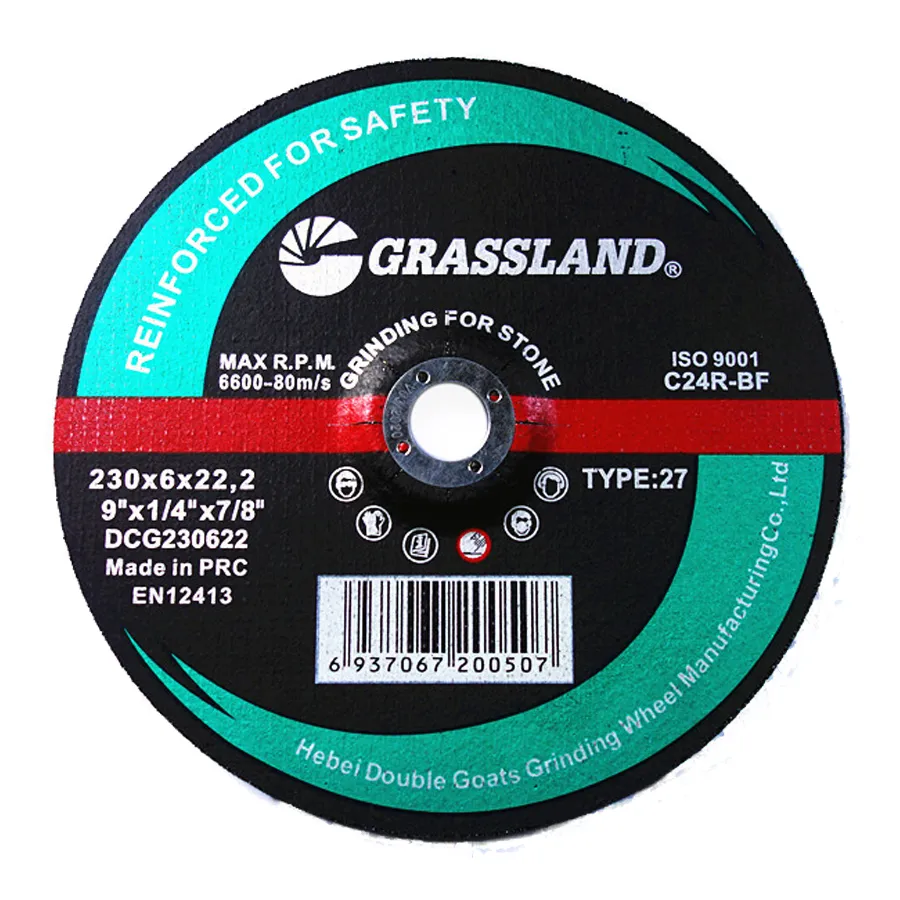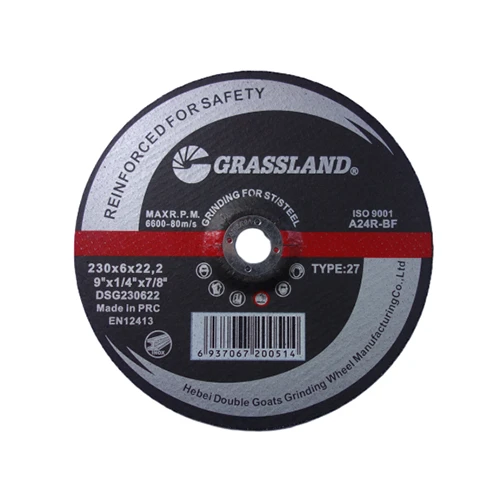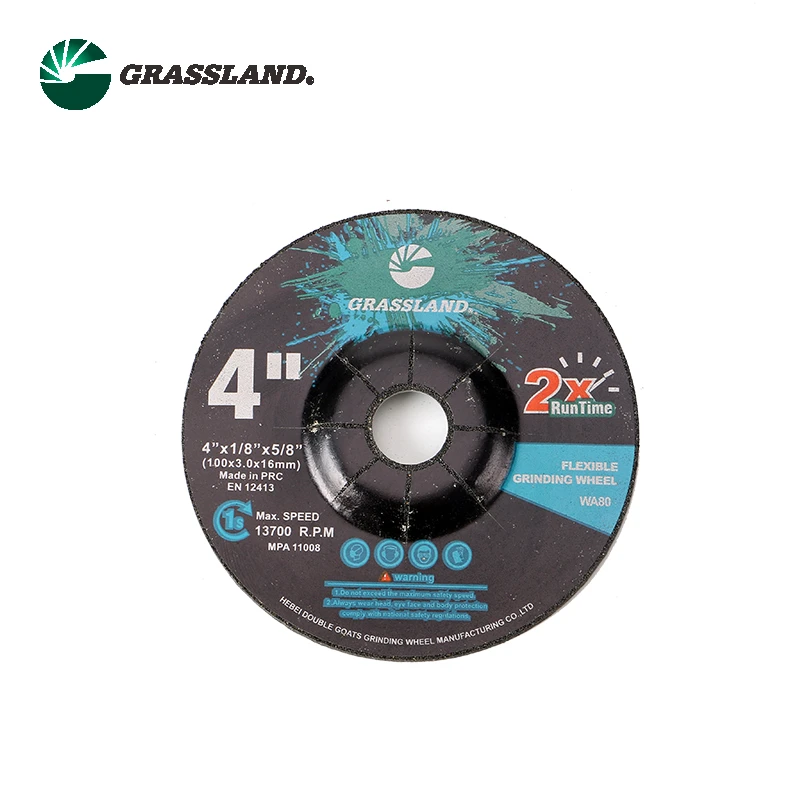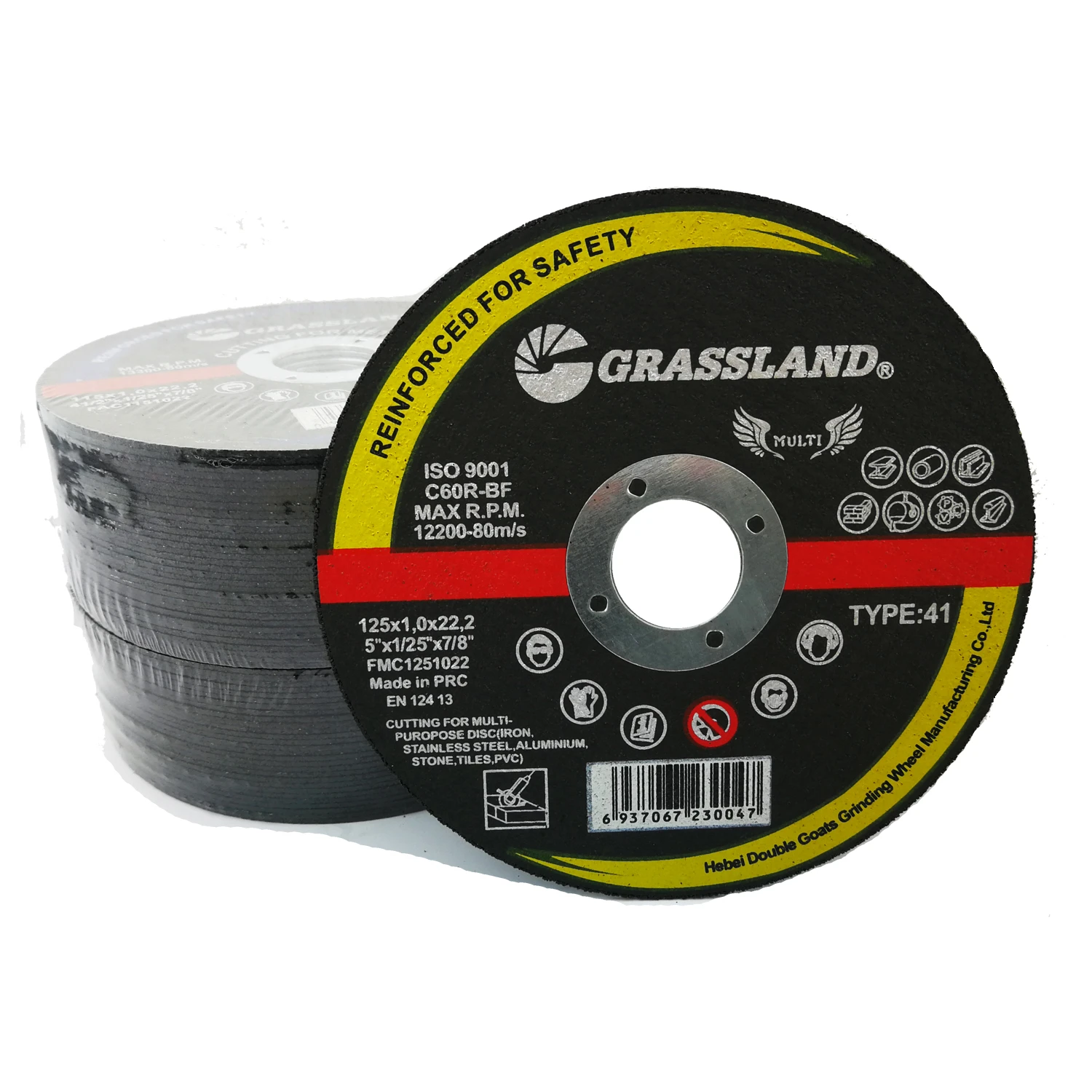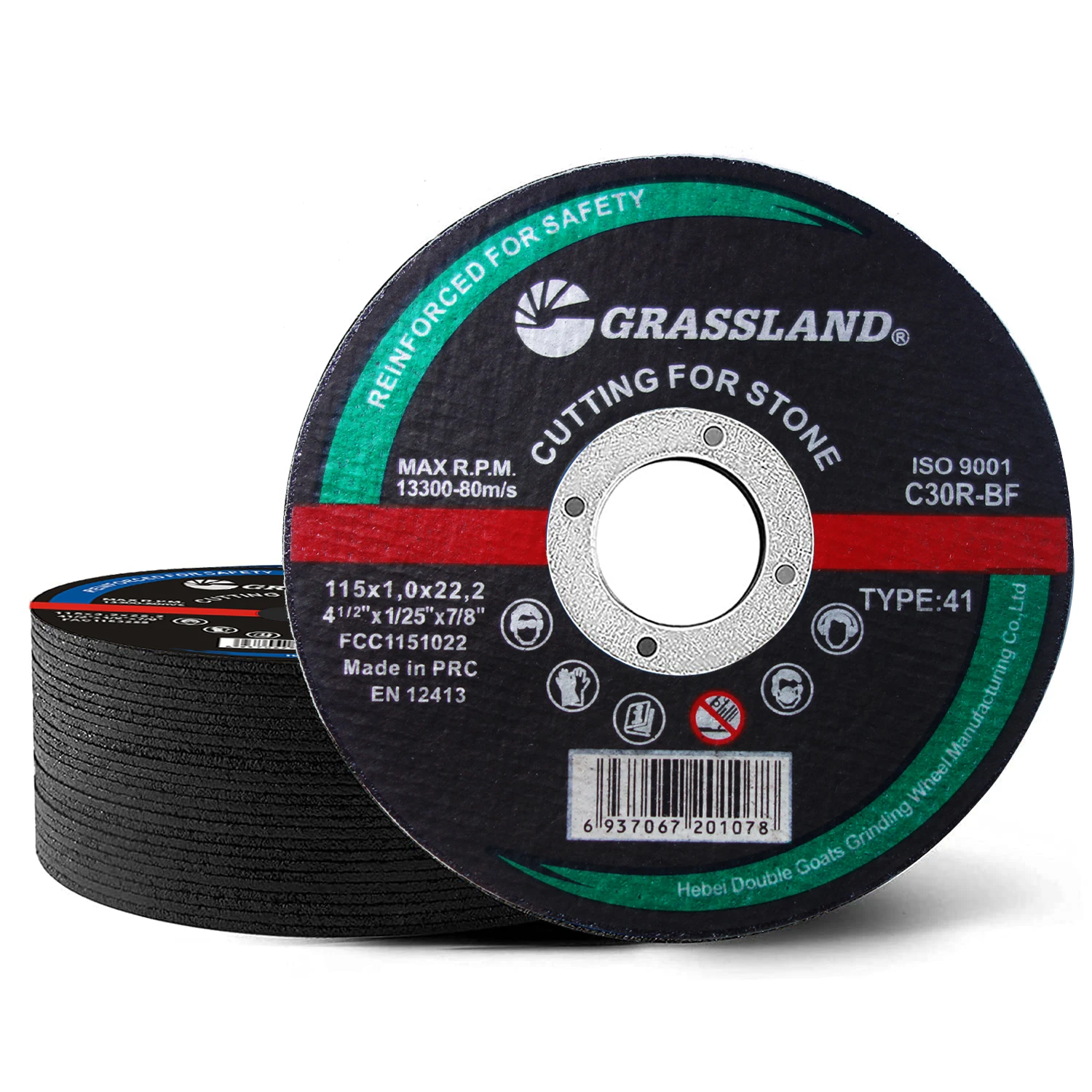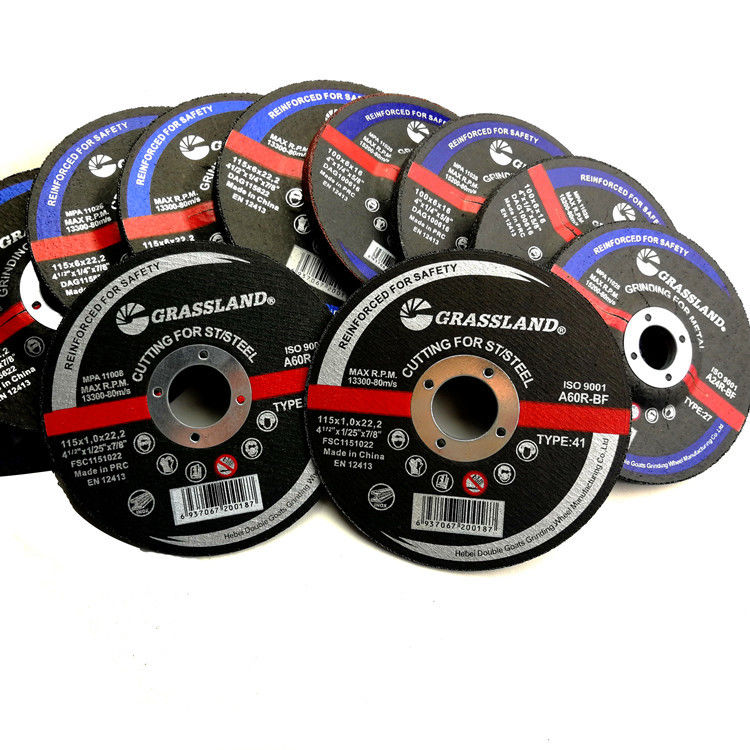- Understanding Aluminum Sanding Wheels: Key Features and Applications
- Technical Advantages of Modern Sanding Discs for Aluminum
- Performance Comparison: Leading Brands of Flap Wheel Sanding Discs
- Custom Solutions for Industrial Aluminum Finishing
- Case Study: Optimizing Production with Aluminum Sanding Wheels
- Maintenance Tips to Extend Sanding Wheel Lifespan
- Why Aluminum Sanding Wheels Dominate Metalworking
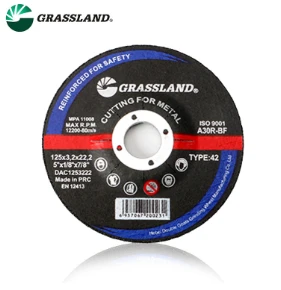
(aluminum sanding wheel)
Understanding Aluminum Sanding Wheels: Key Features and Applications
Aluminum sanding wheels are engineered to address the unique challenges of working with non-ferrous metals. Unlike standard abrasive tools, these wheels utilize specialized materials like zirconia alumina or ceramic grains, which resist loading and overheating. A typical aluminum sanding wheel
operates at speeds between 12,000-15,000 RPM, achieving surface finishes as fine as Ra 0.8µm. Industries such as aerospace and automotive rely on them for deburring welds, smoothing castings, and preparing surfaces for anodizing.
Technical Advantages of Modern Sanding Discs for Aluminum
Advanced sanding discs for aluminum incorporate multi-layered abrasive coatings, increasing durability by 40% compared to traditional options. Heat dissipation technologies, including open-coat designs and anti-static additives, reduce thermal degradation by up to 60%. For instance, 7-inch flap wheel sanding discs with staggered fiber backing demonstrate 25% faster material removal rates in CNC machining applications while maintaining consistent finish quality across 300+ cycles.
| Brand | Grit Range | Max RPM | Avg. Lifespan (hrs) | Price/Unit ($) |
|---|---|---|---|---|
| Brand A | 60-320 | 14,500 | 85 | 12.50 |
| Brand B | 80-400 | 16,000 | 120 | 18.75 |
| Brand C | 36-240 | 13,200 | 65 | 9.99 |
Custom Solutions for Industrial Aluminum Finishing
Manufacturers now offer tailored flap wheel sanding discs with variable density flaps (8-14 flaps per inch) and hybrid abrasive blends. A marine equipment producer recently implemented custom 9-inch wheels with 80/120 alternating grit patterns, reducing polishing time per aluminum hull component from 45 to 28 minutes. Bonding agents rated for 200°F+ environments enable continuous operation in high-temperature foundries without adhesive failure.
Case Study: Optimizing Production with Aluminum Sanding Wheels
A tier-1 automotive supplier replaced conventional belts with 5-inch sanding discs for aluminum, achieving 92% consistency in post-machining surface profiles. The switch decreased abrasive waste by 1.2 tons monthly and reduced energy consumption by 18% due to lower friction resistance. Post-implementation quality audits showed a 40% reduction in finish-related part rejections.
Maintenance Tips to Extend Sanding Wheel Lifespan
Regular cleaning with nylon brush attachments removes 90% of embedded aluminum particles. Storing wheels in moisture-controlled environments (30-50% RH) prevents resin degradation, maintaining 95% of original bonding strength over 12 months. Operators should avoid exceeding recommended downforce limits—a 10% overpressure scenario can decrease abrasive life by 35%.
Why Aluminum Sanding Wheels Dominate Metalworking
The evolution of aluminum sanding wheels has redefined precision in metal fabrication. With 73% of industrial buyers prioritizing vibration-damped designs for operator comfort, and 68% demanding EPA-compliant low-dust models, these tools deliver both performance and ergonomics. As aluminum usage grows 5.2% annually in manufacturing, optimized sanding discs remain critical for achieving micron-level accuracy while controlling operational costs.

(aluminum sanding wheel)
FAQS on aluminum sanding wheel
Q: What is the best sanding wheel for aluminum surfaces?
A: A specialized aluminum sanding wheel with non-loading abrasive materials is ideal. It prevents clogging and ensures efficient material removal. Look for wheels labeled for aluminum or non-ferrous metals.
Q: Can I use a regular sanding disc for aluminum?
A: No, standard sanding discs may clog quickly due to aluminum’s softness. Opt for sanding discs for aluminum with open-coat or stearated coatings to reduce heat and debris buildup.
Q: What are the benefits of flap wheel sanding discs for aluminum?
A: Flap wheel sanding discs provide a flexible, consistent finish on curved or uneven aluminum surfaces. They generate less heat and minimize gouging compared to rigid discs. Ideal for blending and polishing tasks.
Q: How do I choose between a flap wheel and a traditional sanding disc for aluminum?
A: Use flap wheels for contoured surfaces or fine finishing, and traditional sanding discs for flat areas or heavy material removal. Ensure both are designed for aluminum to avoid contamination.
Q: Are there safety precautions specific to aluminum sanding wheels?
A: Yes, avoid excessive pressure to prevent overheating, which can weaken aluminum. Use lower RPM settings and wear protective gear to manage fine aluminum dust, which is flammable.
Post time:May - 07 - 2025







